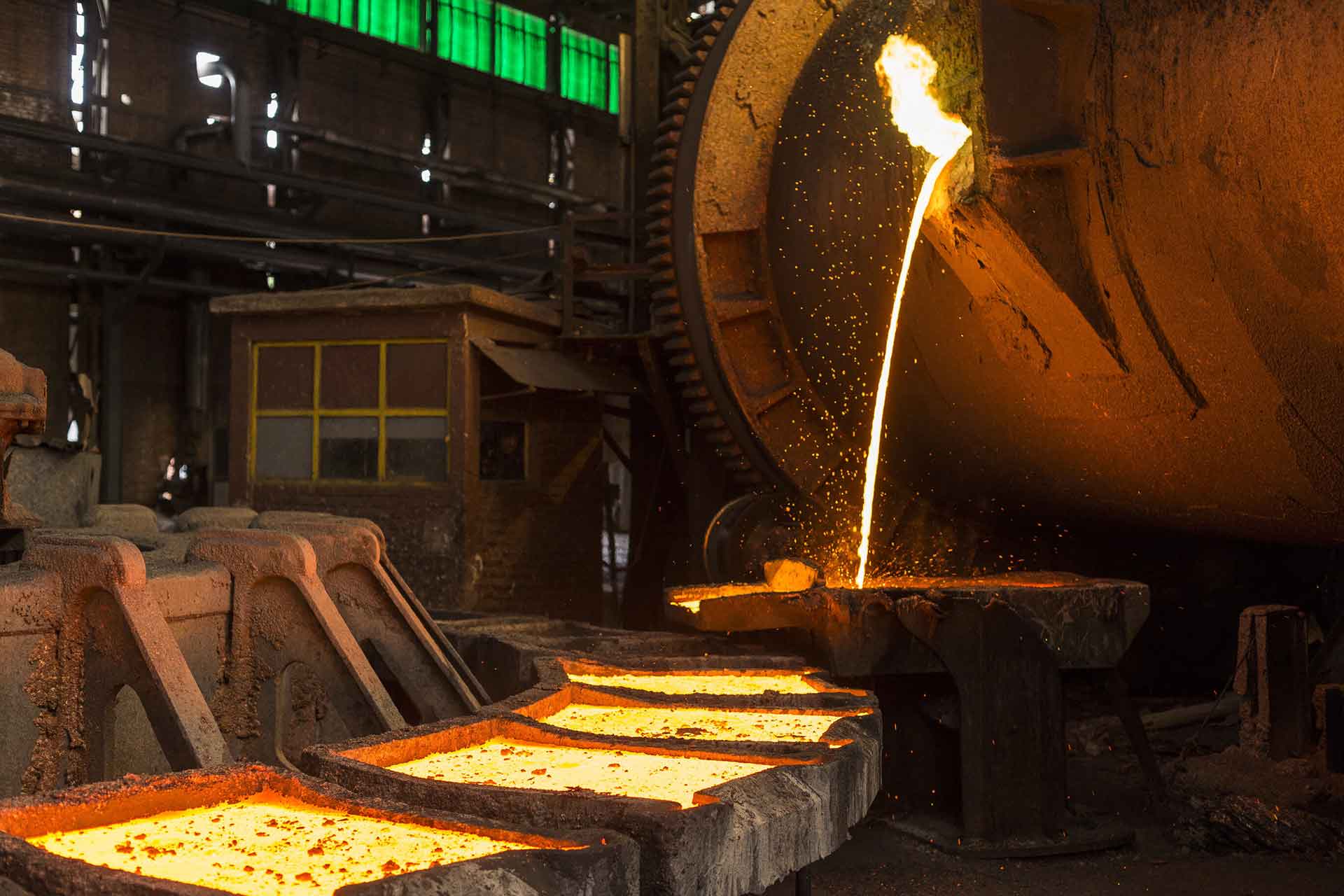Commodity and Base Metal Buzz
by Alexander Edmonds – Investment Manager

The Investment Case for Commodities and Base Metals
There has been considerable buzz around a few key themes that have opened the conversation about investing in precious metals and industrial base metals over the last few months. This has predominantly been driven by changing sentiment on green energy, China overcoming Covid and moving back into production mode, and the majority of the world’s governments undertaking ambitious infrastructure spending projects (with a focus on green energy) to stimulate economic growth. This has been seen to a be a positive for base metals and commodities, through inflationary pressures and supply/demand inconsistencies.
What are base metals? Base metals are typically used in construction and manufacturing and include copper and nickel. They also have a number of uses outside of construction particularly in green energy that have increased their demand now and into the future.

Copper is the most common metal used in construction and has also shown some considerable demand in Electric Vehicle and green energy technology, with Electric Vehicles needing 4x the amount of copper wiring than existing combustion engine cars. Copper is the most cost-effective conductive material, and according to Goldman Sachs research “sits at the heart of capturing, storing and transporting these new energy source.” Suggesting that electromagnetic (solar), geothermal and kinetic (wind) can all be effectively captured and that “copper has the necessary properties to transform and transmit these sources of energy to their useful final state, such as moving a vehicle or heating a home.”
Like all commodities, new supply is often contingent on high demand, and the depletion of existing supply. This has the effect of increasing the price of the commodity (through scarcity) to the point where it makes monetary sense for companies to create new greenfield exploration ventures, or for existing miners to increase their efforts to extract the metal to meet the demand. In their latest report, Goldman predicts that if copper were to remain at its existing price, the resulting deficit in supply would lead to a depletion of market inventories by early 2023. They currently have a price target of $11,875/t in 2022 moving to $14,000/t in 2024. The price of copper at the time of writing this is $8,897/t.
Nickel is a key component in the longevity of an electric battery. The more nickel a battery contains, typically, the more energy it can store over longer periods of time, which is especially important in electric vehicles. The Commodities consulting group CRU estimates that 5% of nickel demand came from the battery sector in 2019 and projects that the evolution of the electric vehicle sector could increase the sectors demand for the metal up to 33% by 2040 (around 1.4 million tons).
Nickel isn’t currently hamstrung by the same supply issues as copper, with BNP Parabis commenting that “Nickel market dynamics have been complex, as Indonesia has oversupplied the market with Class 2 non-refined nickel, which prompted China’s stainless-steel mills to reduce their intake in Class 1 refined nickel (needed for batteries). That substitution may keep the refined nickel market well supplied in 2021”. The demand for Nickel is no doubt strong, with major investment banks forecasting continued appreciation of the Nickel price as investors look to price in the future demand of the industrial metal as the existing market supply dries up.
Inflationary pressure is typically good for commodities such as Gold and Silver as they are seen as positively price elastic. This means that if a currency were to be devalued through continuous monetary stimulus by the government, the rise in the price of goods would also be reflected in the price of gold and silver. Around 20% of U.S Dollars were created in 2020 to support Americas coronavirus-stricken economy, many are pointing to this figure as a leading indicator of potential inflation to come. Interestingly, silver has both investment and non-investment demand. That means that it has industrial and technological demand outside of being a store of value. It is also being used in several green energy technologies, mainly solar, as it is a is anti-corrosive and has the best thermal conductivity of any metal on earth.
Joe Biden’s $2 Trillion infrastructure plan addresses climate change through the funding of green energy projects. The plan sets aside $174 billion in spending to boost electric vehicle infrastructure, including a proposal to fund the installation of half a million charging stations across the States by 2030. It also demands public spending of more than USD $400 billion per year to achieve net-zero emissions by 2050.
This could add significantly to the demand of key commodities and base metals that have been mentioned above, that have both existing demand and strong future application in green energy capturing and storage along with and electric vehicle production.

